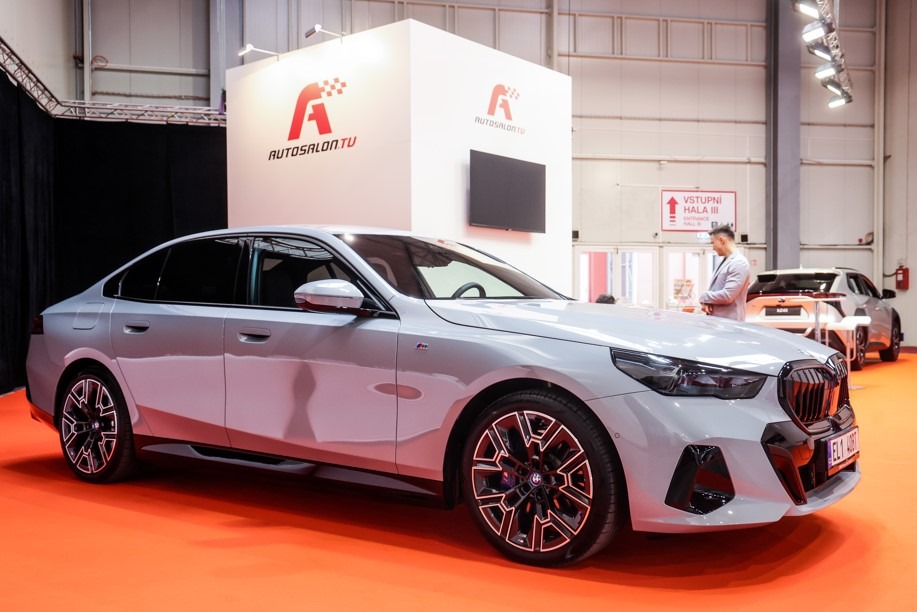The second generation Kona changed the design and dimensions significantly. Also, each design is slightly different.
With the Kona, Hyundai enters the world of alternative driving in urban environments. The second generation stayed true to city streets, but its completely redesigned body was significantly improved to offer more space for the crew. The new Kona has increased by 150 mm in length to a total of 4355 mm, and along with that, the wheelbase has also increased by 60 mm. The 25 mm widening is no longer so noticeable.
When designing the new design, Hyundai opted for an unconventional approach, which, however, will become increasingly common. The designers used the same basic platform, but were the first to start putting together an all-electric version. Only then did they focus on the hybrid derivative with the internal combustion engine along with the specific appearance of the dynamic N-Line equipment.
The Kona is the first SUV of the brand to be decorated with an uninterrupted light strip at the front. In the case of electric cars, it consists of parametric pixels. This motif is also visible in the taillights, with the two ends of the car joined by protruding horizontal ridges on the sides. The nose is very smooth to minimize aerodynamic drag. The Kona electric can be identified by the pixelated front bumper in the center filling, 19-inch alloy wheels, aerodynamic side skirts and black bottom perimeter stripe. Black mirrors and roof are available as an option.

The combustion version had a bumper with triangular trim painted in silver on the side center openings. It is equipped with a lower bar in the same design. On the other hand, the wheel arches are painted black. The N-Line trim gave the Kona a significantly sportier design represented by a more aggressively cut bumper, wing-inspired spoiler, 19-inch wheels and dual exhaust tips. We must not forget about the silver trim on the door sills.
The interior has been optically simplified to enhance the sense of spaciousness of the interior space. Of course, the high level of digitization brought about by the instrument panel and the 12.3-inch screen of the multimedia device are combined into one floating unit. Although Hyundai tried to clean up as much space as possible, which required shifting the gear selector under the steering wheel, buttons and rotary controls for basic functions remain. In this way, it is possible to create the ideal combination of modern times with analog ergonomics, to which many users are accustomed.
The newly acquired width is enhanced by a horizontal dash strip in a contrasting design. Ambient lighting, which also has a practical function, adds comfort. The rear seats have a new shape and behind them there is significantly increased luggage space.

“Unapologetic social media guru. General reader. Incurable pop culture specialist.”






